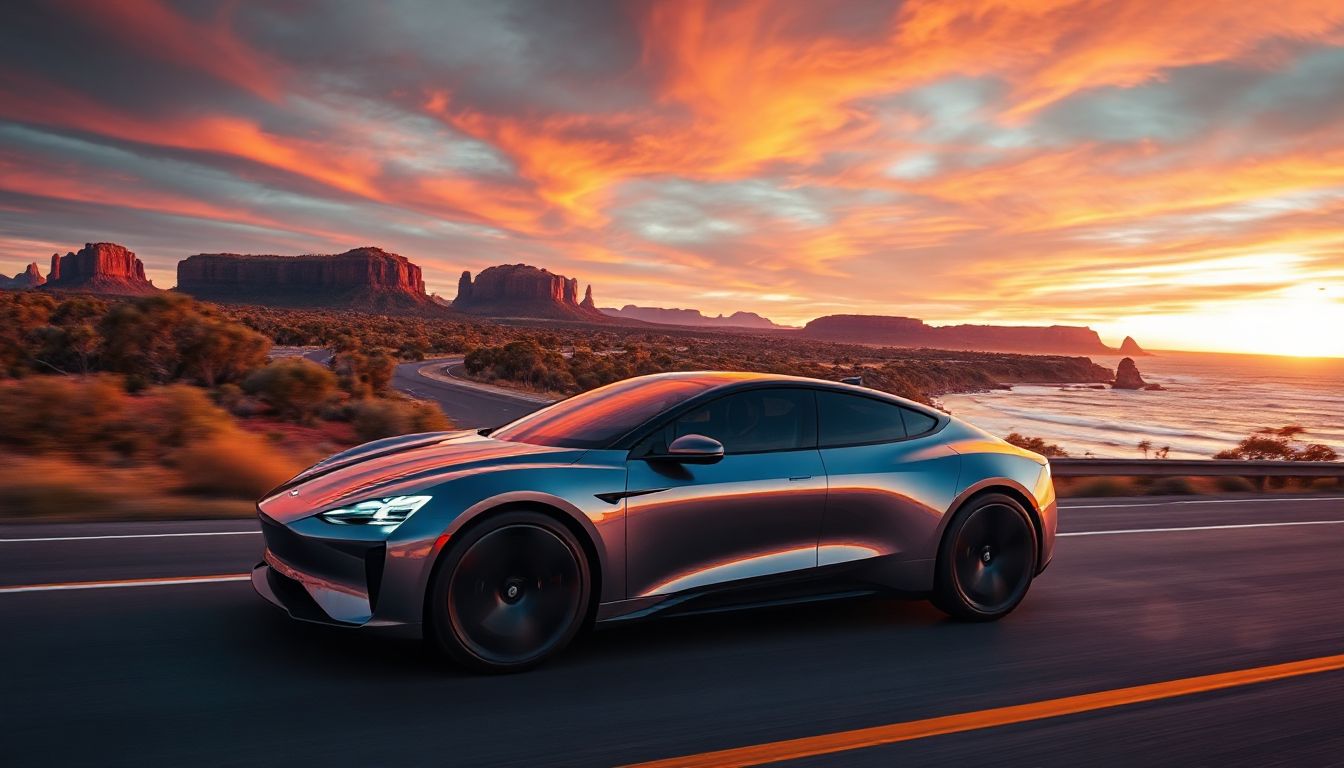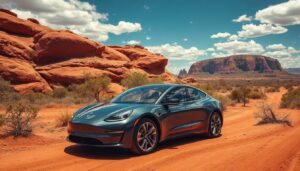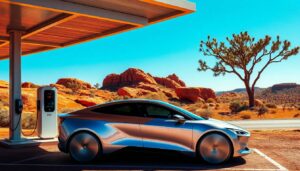Introduction
Over the past decade, the world has been shifting away from traditional gas-powered cars to cleaner electric vehicles (EVs). Australia is part of this global movement, embracing new technology to fight pollution and cut carbon emissions. The push for EVs isn’t just about protecting the environment; it also boosts the country’s economy by creating new jobs and attracting investments. Advances in battery tech and support from government policies are behind this rapid change in Australia’s transport scene.
The History and Development of Electric Vehicles in Australia
Early Beginnings and Initial Challenges
Electric cars first made a brief appearance in Australia in the early 2000s. Many early models were small and expensive, making them hard to sell. The biggest hurdles back then were the lack of charging stations, high prices, and many people doubting whether EVs could really replace traditional vehicles. Without enough support, most consumers stayed loyal to petrol cars for a long time.
Growth of the EV Market Over the Decades
Things started to change around 2010 when more automakers began offering EVs in Australia. Companies like Nissan introduced popular models such as the Leaf, helping to grow awareness. Meanwhile, local startups and larger car brands began investing in better EVs, with more range and lower prices. Each year, Australia saw more electric vehicles hitting the roads, gradually boosting their share in the overall market.
Influential Policy Changes and Industry Initiatives
Government policies played a big role in this growth. Incentives such as rebates and tax benefits made EVs more attractive and affordable. Some states offered special discounts to encourage residents to buy electric cars. Industry collaborations also helped — automakers partnered with tech companies and infrastructure providers, creating a stronger foundation for EV adoption.
Current State of Electric Vehicle Adoption in Australia
Market Penetration and Consumer Trends
Today, electric vehicles account for around 2-3% of all new car sales in Australia. While this might seem small, EV market share is growing fast. Cities like Sydney, Melbourne, and Brisbane lead the way, with more consumers choosing electric for daily commuting. Younger drivers and eco-conscious buyers are particularly keen on EVs, helping push adoption further.
Infrastructure Development and Charging Network Expansion
Building enough charging stations is essential to boost EV use. Major cities now have hundreds of public charging points, making it easier to charge near work, shopping centers, or at home. Fast-charging stations are becoming more common, allowing drivers to top up their batteries in just 20-30 minutes — similar to filling a gas tank. Rural areas are still catching up, but plans are underway to extend the network.
Policy Environment and Regulatory Framework
The federal government set a target to phase out petrol cars by 2035 and aims for all new vehicles to be zero-emissions by 2030. States like Victoria and South Australia also introduced policies to encourage EV ownership. These include registration discounts, incentives for businesses, and stricter emission laws for new vehicles. All these efforts create a clear path for Australia’s transition to clean transport.
Key Factors Accelerating EV Adoption in Australia
Technological Advancements and Vehicle Offerings
Battery technology keeps improving, allowing EVs to go further on a single charge. Range anxiety — the fear of running out of power — is shrinking thanks to larger batteries and better charging. Plus, automakers now offer a wide variety of EV models, from compact cars to SUVs, making it easier for consumers to pick the right fit.
Cost Trends and Economic Incentives
Electric cars are getting cheaper. The cost of batteries has dropped drastically in recent years, pulling down the overall price of EVs. Incentives like rebates and tax breaks also make owning an EV more affordable. As a result, more people seeEVs as a smart financial choice in the long run.
Environmental and Social Drivers
Australia’s big push to cut pollution directly influences EV growth. As the government commits to reducing carbon emissions, Aussies are more aware of how their choices impact the planet. Environmental activism and media coverage inspire many to switch to clean transportation options.
Challenges and Barriers to EV Adoption in Australia
Infrastructure Gaps and Accessibility
Even though cities are adding charging stations, rural and remote areas often lack enough facilities. Without widespread infrastructure, owning an EV in the countryside remains tricky. Fast-charging networks are still limited in some regions, which discourages potential buyers.
Market and Economic Barriers
The upfront cost of EVs still tops traditional cars, making them less accessible for some. Local manufacturing is also limited, so many EVs are imported, increasing overall costs. Supply chain issues and parts shortages can lead to longer wait times for buyers.
Regulatory and Policy Hurdles
Policies vary a lot between states, with some implementing stricter rules and others lagging behind. This patchwork creates confusion and slows down nationwide progress. Long-term planning is essential but often lacking, making it harder for industry and consumers to plan ahead.
The Future of Electric Vehicles in Australia
Predicted Growth Trajectory and Market Projections
By 2030, EV sales are expected to skyrocket, with some estimates suggesting they’ll account for over 50% of new vehicle sales. As technology improves and prices fall further, more Australians will be able to make the switch. This shift will play a huge role in helping Australia meet its climate commitments.
Innovations and Emerging Technologies
Future EVs will do much more than just drive electricity. Vehicle-to-grid (V2G) tech will allow cars to send power back to homes and the grid, balancing energy use. We’ll also see more connected, autonomous, electric vehicles that can drive themselves or work together seamlessly.
Policy and Industry Outlook
The government aims for mile-stone targets, like halving new petrol car sales by 2025 and reaching net-zero emissions by 2050. Industry leaders are investing heavily in new tech, charging infrastructure, and local manufacturing. All these factors point toward a significant surge in EV use over the next decade.
Conclusion
Electric vehicles have come a long way in Australia, shifting from rare novelties to a real option for everyday drivers. The progress in technology, government support, and growing awareness are driving this change. Still, challenges like infrastructure gaps and high upfront costs remain.
If you’re considering switching to EVs, start by researching available incentives and charging options in your area. Think about your driving needs and choose the right model. Australia’s journey to a cleaner, greener future is just beginning, and your choice can help speed it up.
The future looks bright for EVs in Australia. With continued innovation and strong policies, the country will be well on its way to becoming a leader in electric transport. Are you ready to be part of this exciting change?




